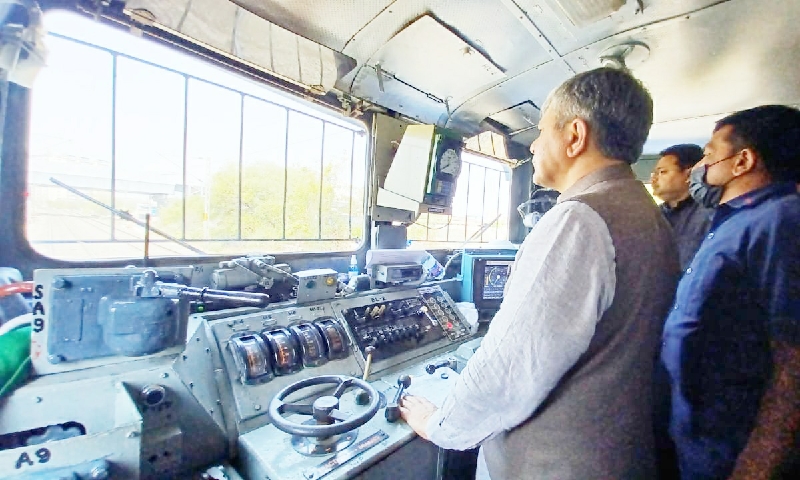Indian Railway turns self-reliant: tests collision preventing system “Kavach” -Ashwani Vaishnaw
Railway Minister Ashwini Vaishnaw attended a live successful demonstration of an error-free functioning of indigenously developed Train Collision Avoidance System (TCAS), called “Kavach”
NEW DELHI: The Indian Railway, after years of systematic planning and rounds of track-based trials, has turned self-reliant in preventing head-on collision even when two trains, either out of a possible human error or an abrupt technical failure, come running on the same track.
The Railway has set off the successful trial & testing of indigenously developed collisions preventing system, colloquially called “Kavach”.
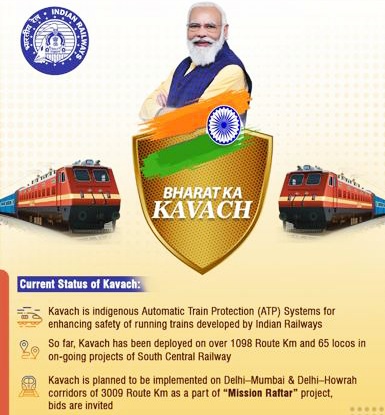
Railway Minister Ashwini Vaishnaw, along with Chairman of Railway Board Vinay Kumar Tripathi and other ministry officials, on Friday, 4th February, 2022 attended a live successful demonstration of an error-free functioning of indigenously developed Train Collision Avoidance System (TCAS), called “Kavach”.
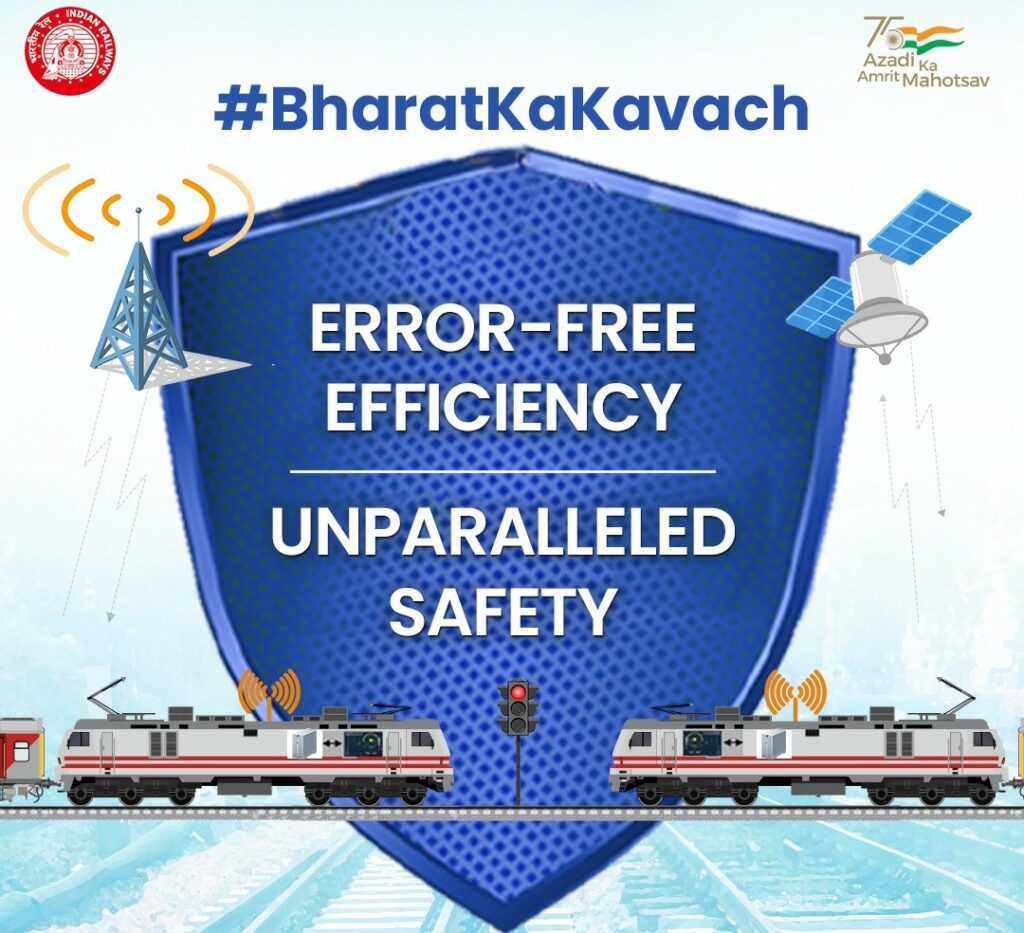
Furthermore, the Railway Board outlined a plan to take the “Kavach” on a mass scale outside the country as an example of India’s technological advancement and self-reliance.
Onboarded in an electric loco equipped with “Kavach” for the live demonstration, Vaishnaw said, “Marvellous! Superb!! Efficient planning and excellent Execution has made us (Indian Railway) under the vision of Prime Minister Narendra Modi self-reliant in preventing collision between two trains making the nation Atamnirbhar. That’s great”.
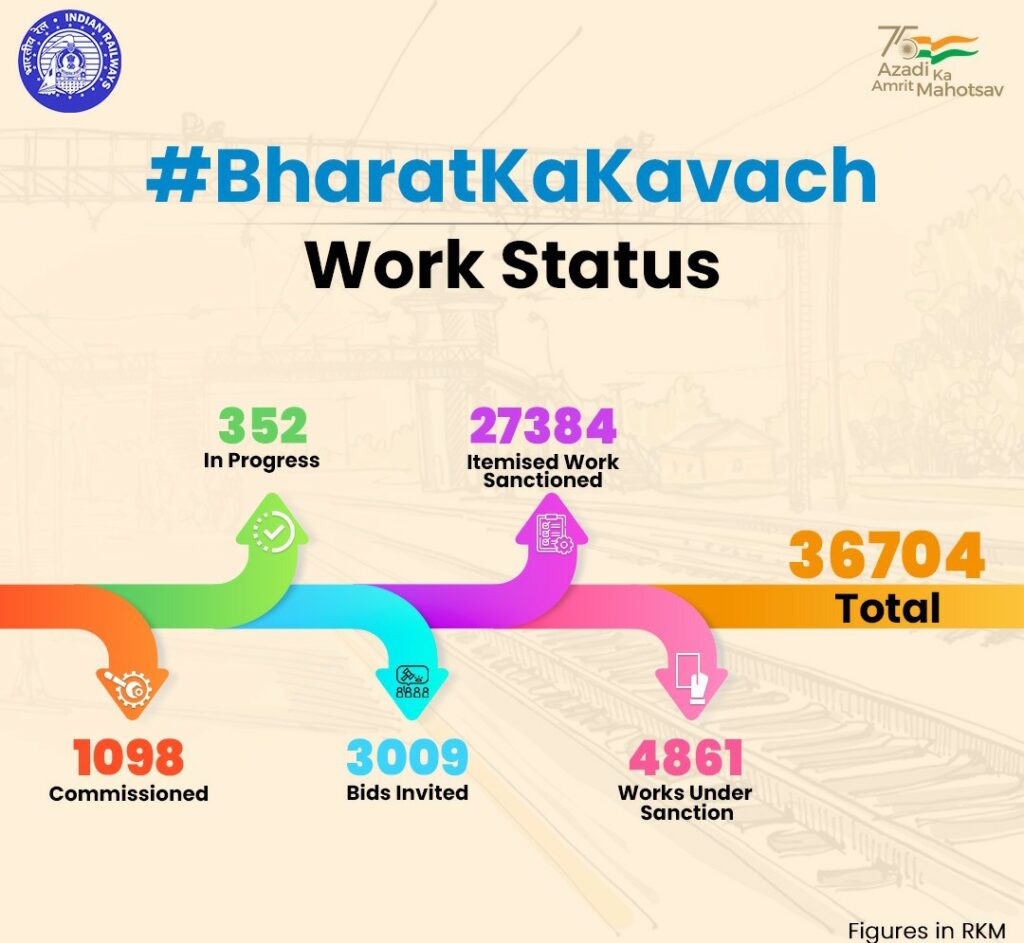
“Kavach” would be installed across 2000 rail route kilometres networks during the current fiscal year of 2022-23 and over 4000-5000 rail route networks in every subsequent year would be brought under this safety system, added Vaishnaw.
The “Kavach” technology applies the brakes automatically soon after spotting another train coming from the opposite direction on the same track and stops the train at a safe distance.
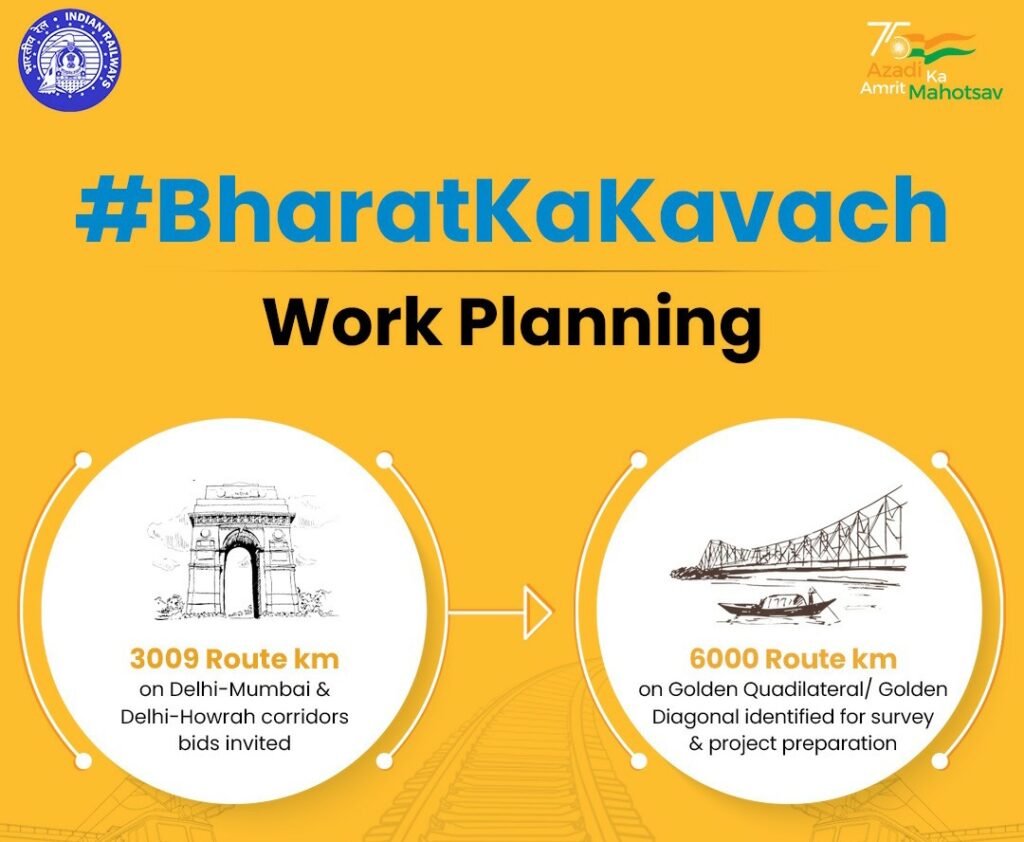
As a SIL-4 certified technology, “It also halts the train soon after it jumps the red signal or controls the speed after the train goes beyond the prescribed speed limit,” the minister said.
“The future plan is to roll it out very rapidly and export it to many other countries,” he said.

The “Kavach” has been developed by the Research Design and Standard Organisation (RDSO) in collaboration with three other vendors.
“Kavach” has been deployed on over 1,098 route kilometres (RKM) and 65 locos running under the South Central Railway after successful trial runs.
ADG/PR Railway Rajiv Jain said that the first field trial of this technology was made on a passenger train in 2015-16 and it was declared as the national automatic train protection system for Indian railways in 2020-21.
He further added that the RDSO has approved it for the routes of 160 kmph train running services.
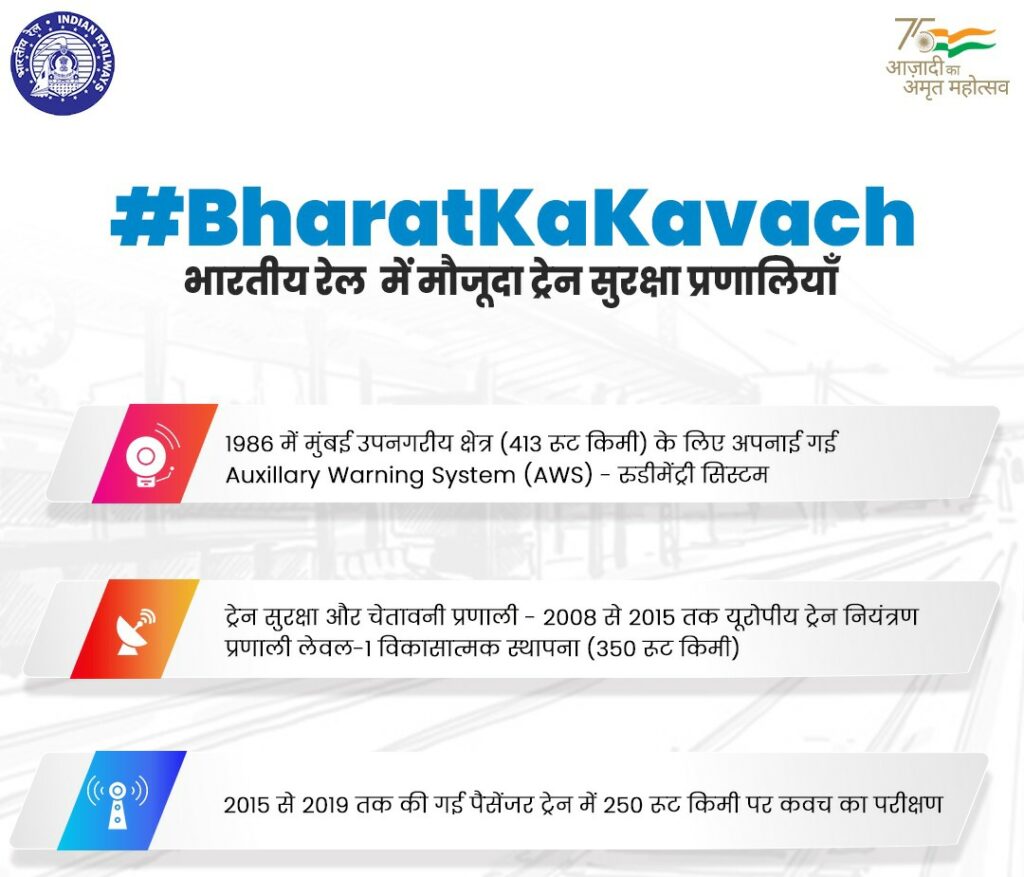
“The Railway has given priority for installation of ‘Kavach’ on high-density routes and on New Delhi-Mumbai and New Delhi-Howrah routes for 160kmph speed limit with automatic block signaling and centralised traffic control systems”, pointed out Jain.
Further, it would be installed on highly used networks with automatic block signalling systems.
Courtesy: newindianexpress.com
#Kavach #TCAS #IndianRailway


